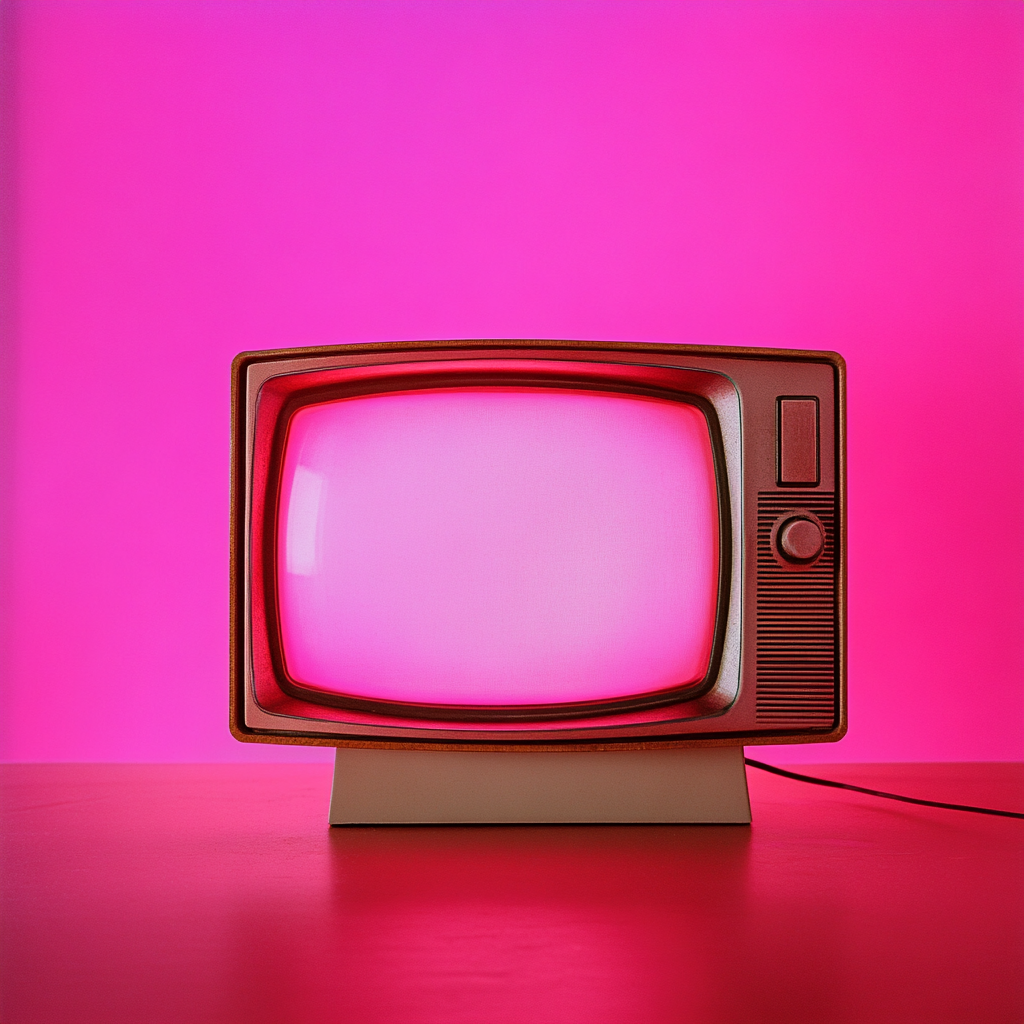
AI for Editors at Casinos.com
How I trained a bunch of editors to create their own article images
Overview
The editors at Casinos.com had started to use AI to create images for their promotional articles. However their generations were far from on-brand, with crazy compositions and visual errors. Here are 2 examples below…
I was given the task of researching current AI image gen tools with the ultimate goal of training our editors how to better produce images that were on-brand for Casinos.com.
Challenge
Prior to working for Casinos.com I had limited experience working with AI image tools. I had tried Chat GPT and Adobe AI for fun, but I had no idea how to produce images that all shared the same style and looked part of a set.
Objectives
Research: What are the best AI image gen tools out there and which ones would be most suitable and straight-forward for editors to use
Training: LinkedIn Learning courses like Introduction to Prompt Engineering for Generative AI (2023) and Midjourney: Tips and Techniques for Creating Images
Experiement: Figure out how I can produce consistent results that convey the style and mood that Casinos.com branding calls for
Workshop: Create a short training session to give the editors the knowledge and skills they need to start generating images for their articles.
A Short Video Summary
Below is a recording where I presented this project to a group of AI enthusiasts in the wider company I work for. It summaries this project and covers a new process I created for the editors that did not require me teaching them about prompt engineering, but still empowered them to be able to use AI for image generation. Watch this or continue reading below.
Achieving Consistency
From the courses I did on Prompt Engineering for AI Image Generation, this was the biggest take-away when it came to achieving consistency:
Main Subject
Secondary Details
Time of day, lighting, camera, or other mood details
The overall style/aesthetic
Good Prompt Structure
〰️
Good Prompt Structure 〰️
Basically keeping the details of no.3 and 4 the same between prompts will help achieve image generations that share a consistent look and feel. As a quick example, check out the 4 prompts below:
Prompt 1 - A sad vintage robot in a factory, artificial light, cool muted colours, soft focus 35mm photography
Prompt 2 - Full body view of a vintage robot running in a factory, artificial light, cool muted colours, soft focus 35mm photography
Prompt 3- A close-up rear view of a vintage robot in a factory, artificial light, cool muted colours, soft focus 35mm photography
Prompt 4 - An assembly line a robot factory, artificial light, cool muted colours, soft focus 35mm photography
And look at results, 4 images that look similar enough that it feels like they are from the same world:
What I needed to do next was look at the brand guidelines and experiment with finding the right lighting, camera, style and aesthetic that works for Casinos.com, as well as figuring out the best AI tool for the editors to use.
The Gold Standard for Image Generation
At the time of writing this, the best tool I found for image generation is Midjourney. Not only does it produce photorealistic images of people, but the website has the most straight-forward, intuitive interface, which makes it incredibly accessible for non-technical editors. GPT was also great and easy to use, but as a comparison, take a look at the differences between the following sets of images…
👑 Midjourney
Chat GPT
And after some prompt experimentation with different aesthetics and camera styles, I had discovered the prompt style details that consistently produced on-brand images for Casinos.com. I shared what I had learned with the team and they were eager for me to run a workshop with the editors and teach them how to use Midjourney to start producing article images independently.
The lighting, skin textures and details were unparalleled in Midjourney, I was so impressed.
From the Casinos.com Brand Guidelines
The Turning Point: Smarter, Not Harder
While preparing the workshop, I realised something. Why train editors to master complex prompt structures when I could train a GPT model instead?
I fed the model everything I’d learned—style guidelines, the Casinos.com brand ethos, and sample imagery. I instructed it to take the context of an article and generate a tailored prompt for a perfectly aligned image.
The Results? Spot On.
I tested it across multiple articles, and the model consistently delivered detailed, style-perfect prompts. When I plugged those into Midjourney, the results spoke for themselves: four image options per prompt, with at least two—and often three—that hit the mark.
Streamlined, Consistent, On-Brand.
To wrap it all up, I created brand templates in Canva. Editors could now pair their AI-generated images with titles and text using the correct typography and visual elements—no guesswork, no inconsistencies.
Impact Beyond Expectations
The new process was a hit. Editors praised how simple and easy it was to adopt, and the quality of on-site visuals improved noticeably. This didn’t just make the content look better—it elevated how Casinos.com presented itself as a brand. High-quality, consistent imagery builds trust with users, and that trust translates into stronger engagement and retention. In fact, the site saw a modest but noticeable lift in both user engagement and acquisition after the rollout.
But the impact didn’t stop there. I presented the project (check out the video at the top of this article) to the wider group at GDC, sharing the idea with other brands in the company. The response was overwhelmingly positive—other teams asked me to help set up similar GPT models for their editorial workflows.
To top it all off, this project was recognised as one of the Top Innovative Projects of 2024 in my wider company, the GDC Group, and I even took home a prize for it. Not bad for what started as a plan to run a simple workshop.
